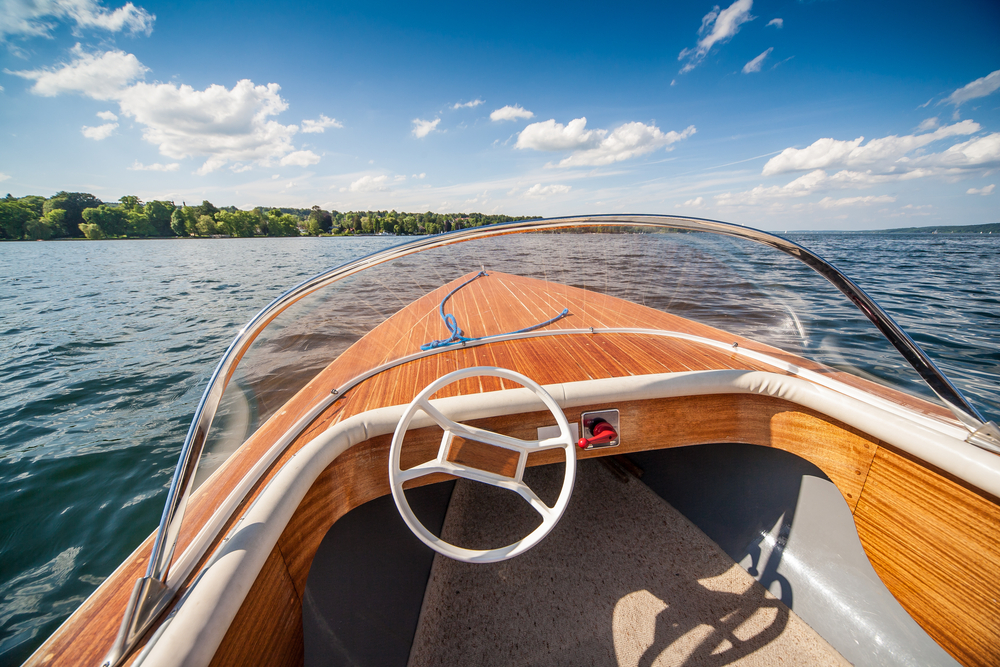No products in the cart.
General
Get Your Boat Summer Ready: Seasonal Maintenance
Before you hit the water this summer, you and your boat need to check off a few “to-dos.” From vetting your electrical system to cleaning your marine vinyl fabric, the maintenance list can be endless. We’ve identified a few of the steps to help get your boat ready for summer.
Go to Bat for Your Battery
Every boater’s worst nightmare is getting stranded on the water with a dead battery. Spring is a great time to charge your battery using a slow charger (3 amps). Upon completion, take the battery to a parts store and have it tested for reliability. This will let you know if you need to replace it. If you can’t make it to a store, know that batteries last about four to five years. Small PWC batteries need to be replaced every three years.
When it’s time to install your recently charged or new battery, be sure to connect the red, positive leads to the positive battery terminal, and the black, negative leads to the negative terminal. Mix this up, and you’ll blow a fuse.
Run a Tight Ship
Your battery terminals are the cornerstone to successfully running your boat. After ensuring there’s no corrosion, check all terminals’ tightness including the alternator, starter motor, bow thruster, and anchor windlass. Use a wrench to tighten them appropriately.
Each of these has a high electrical current, so if neglected, your boat is a dangerous environment. Also, double check that the termination points are not touching the device from which they’re protruding. Having a rubber or plastic boot is essential to keeping the equipment and your guests safe from the electrical current.
Don’t Add Fuel to the Fire
The fuel systems on your boat need attention, too. Inspect the fuel components for rot or degradation. Squeeze the primer bulb to check for leaks at all the fuel connections. If you spot a leak, quickly access the fuel system to determine if there are any other leaks hiding.
If possible, avoid using fuels containing ethanol. This chemical evokes moisture and water pockets, which are damaging to the makeup of your fuel system. You’ll find corrosion, clogs, and “muck” once you take a deeper look.
Testing the Water Pump
For economy and emission standards, engines today run much hotter and are less forgiving when they get overheated. The water pump helps keep the engine cool with a constant flow of water. When you get up to high speeds and your water pump has failed, it can ruin your engine with little time to react.
For freshwater, recreational boaters, it isn’t necessary to replace the water pump once a year, as some manufacturers recommend. Otherwise, replace the pump every three to four years to ensure your engine is staying cool.
Get into High Gear
Doing a quick inventory of your boat gear can be lifesaving. Count your life jackets and make sure there are enough for each person on board. Local regulations typically require this, but they may also require a working horn, distress flag, a device or cushion you can toss into the water, and an anchor with a line. Research what your local authority requires before you go out on the water.
Next, be sure to replace any lines that have started to fray as this can extremely dangerous when they finally snap. Also, if your fire extinguished is over five years old, bring it into your house as a spare, as it will likely still work, and replace the one on your boat. Finally, clean your boat out and wipe down any vinyl. There’s nothing better than a clean boat on your first trip out!
If your marine vinyl fabric needs more than just a clean, call All Vinyl Fabrics at 877-618-4695. We carry a large selection of fabric that you can use to update, restore, and enhance your boat or other outdoor-use fixtures. Contact us today to learn more about reupholstering with our fabric.

